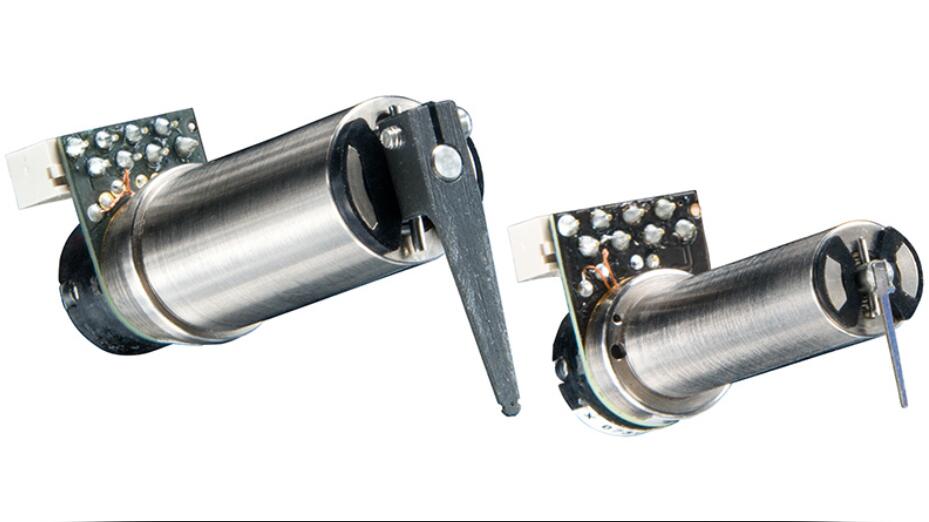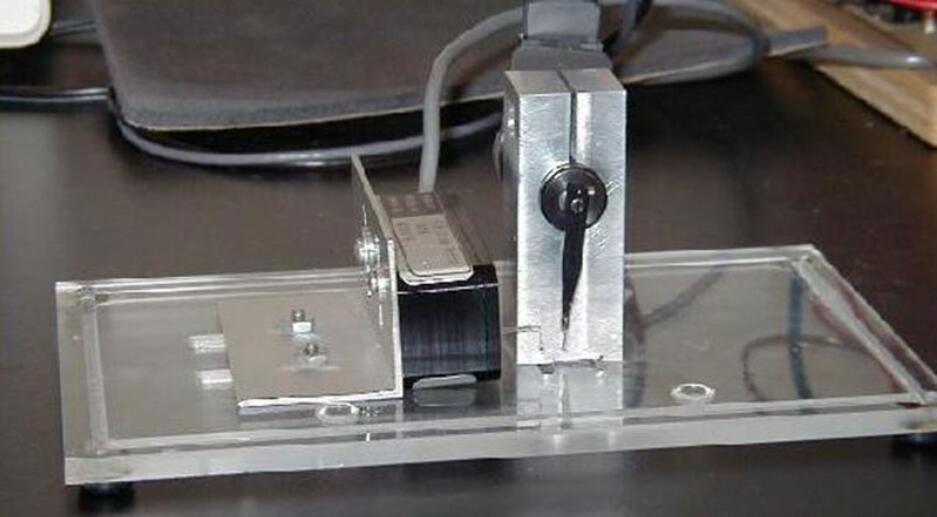315C/322C: High-Speed Length Controllers
型号:315C、322C
价格:请致电:010-67529703
品牌:aurorascientific

Overview
The 315C/322C high-speed length controller allows complete automated control of length measurements to assess the dynamic properties of non-biological specimens such as natural and synthetic polymers, fibers, films and coatings. Our length controllers can also be used to stretch artificial muscle, spider silk and other biological tissues including plant cells.
These controllers provide a range of lengthcontrol and response times uniquely suited to answer a number of researcher questions. Our fastest model, the 315C, can change length in as little as 200?s and has a length frequency response up to 2.4 kHz. All models allow the researcher to resolve lengths as small as 1 micron. Integrator models (315C-I and 322C-I) have less than 0.01 micron/mN isometric compliance. With tensile limits of 300mN and 200mN, respectively, our high-speed length controllers have more than enough force for any tissue sample.
In addition, front panel manual length control allows the researcher to set the steady-state arm position, while the circuit design prevents the motor from being operated beyond its safe limits.

Features
- test all muscle types and connective tissue
- fast and accurate
- step response time from 200?s to 800?s
- length resolution: 1?m
- optimal tensile limit (315C – 50 mN, 322C – 100 mN)
- length response to 2.4kHz
- automated control
- <0.01?m Isometric Compliance
- digital display
- steady-state arm positioning
- designed to prevent unsafe motor operation

Citations
de Lange, Willem J. et al. “Ablation of cardiac myosin-binding protein-C accelerates contractile kinetics in engineered cardiac tissue.” Journal of General Physiology 141.1 (2013): 73-84.
Gnesa, Eric et al. “Conserved C-terminal domain of spider tubuliform spidroin 1 contributes to extensibility in synthetic fibers.” Biomacromolecules 13.2 (2012): 304-312.
de Lange, Willem J., and John C. Ralphe. “Ablation of Cardiac Myosin Binding Protein-C Accelerates Contractile Kinetics in the Absence of Hypertrophic Remodeling in Engineered Cardiac Tissue.” Biophysical Journal 100.3 (2011): 370a.
Pogozelski, E. M. et al. “Mechanical testing of spider silk at cryogenic temperatures.” International Journal of Biological Macromolecules 48.1 (2011): 27-31.
Didier, David W. “Using birefringence as a tool to investigate biomechanical properties of an elastic biopolymer protein.” Thesis. University of British Columbia (2009): 1-100.
Whitcomb, Julie E. et al. “Ex vivo porcine iris stiffening due to drug stimulation.” Experimental Eye Research89.4 (2009): 456-461.
Hu, Xiaoyi et al. “Molecular mechanisms of spider silk.” Cellular and Molecular Life Sciences 63.17 (2006): 1986-1999.
Hu, Xiaoyi et al. “Egg Case Protein-1 A NEW CLASS OF SILK PROTEINS WITH FIBROIN-LIKE PROPERTIES FROM THE SPIDER LATRODECTUS HESPERUS.” Journal of Biological Chemistry 280.22 (2005): 21220-21230.
Lawrence, Barbara A., Craig A. Vierra, and Anne M.F. Moore. “Molecular and Mechanical Properties of Major Ampullate Silk of the Black Widow Spider, Latrodectus hesperus.” Biomacromolecules 5.3 (2004): 689-695.
Moore, Anne M.F., and Kimly Tran. “Material properties of cobweb silk from the black widow spider Latrodectus hesperus.” International Journal of Biological Macromolecules 24.2 (1999): 277-282.


